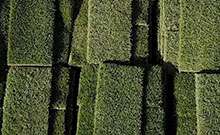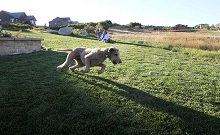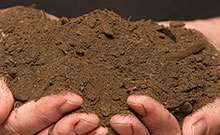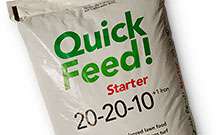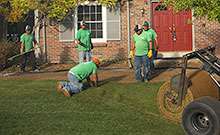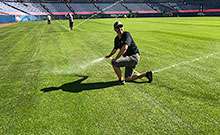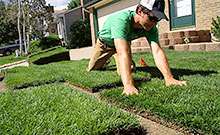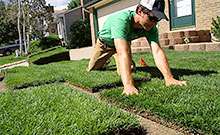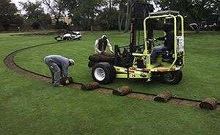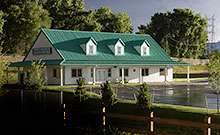Growing Roots this Spring
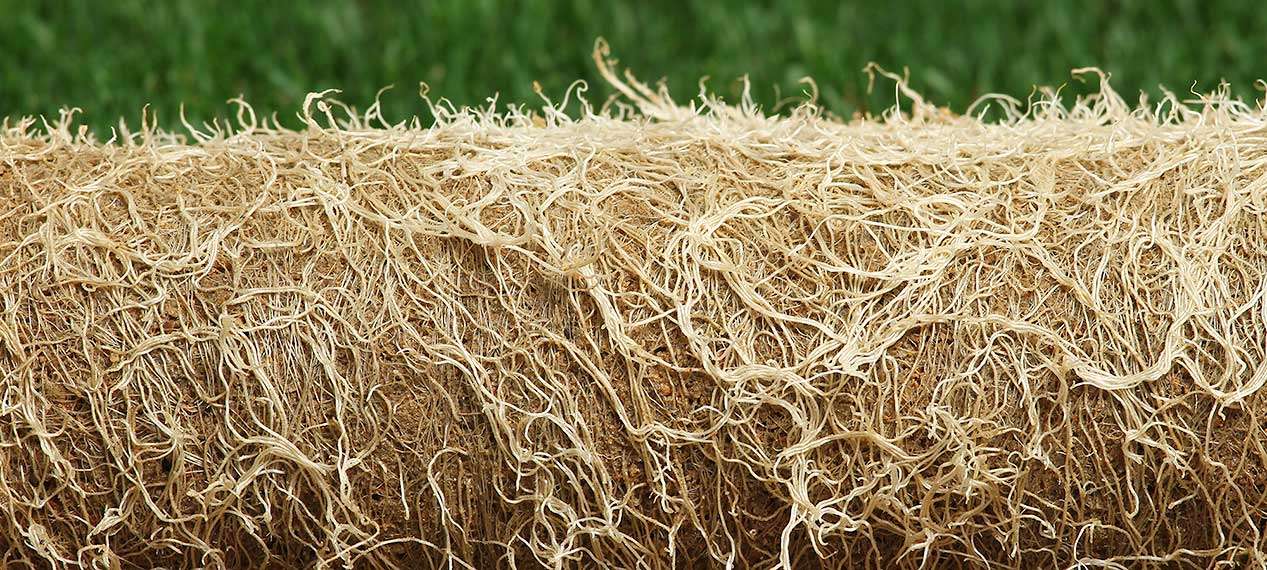
Underneath the radiant green of your lawn lies a thriving ecosystem of its own teeming with life, the root system! Every type of grass is unique, with different seasonal growth habits that affect the top growth, or leaves, that you see above ground. Root systems vary just as much as the top growth, allowing some to be more efficient at extracting water than others. Cool-season turf grass, such as our Kentucky bluegrass, Tall Fescue and Texas hybrid bluegrasses, grow roots in the spring, making this the best time to push root growth. With some well-timed lawn care in the early spring, you can help your yard grow a deep root system that will help save water in the hotter months to come.
Stimulates root growth in your lawn
Begin the season by applying a well balanced fertilizer that contains near equal amounts of nitrogen and phosphorus. Nitrogen drives overall plant growth and phosphorus stimulates root growth and devolvement. Both of these nutrients are important in helping thicken your lawn and grow deep roots. As with all fertilizers, read the label and apply the appropriate amount. Too much fertilizer will over stimulate the top growth and divert the plant’s energy from the roots.
Aerate in the Spring
Spring is also the ideal time to aerate your lawn. Aeration helps loosen the soil, which increases the rate and depth that water can move through the soil. Additionally, aeration helps to reduce thatch. Thatch is a tightly intermingled layer of living and dead stems, leaves, and roots which accumulates between the layer of actively growing grass and the soil underneath. Excessive thatch forms a spongy mat layer at the surface of the soil, which can make it hard for water and air to get through to the roots, resulting in weak grass.

A little water goes a long way
Proper watering during the spring months also encourages a strong and healthy root system. The goal of watering is to get the water deep into the soil and then allow the soil surface to dry before watering again. Irrigation requirements are much less in the spring so you can spread out the frequency of your watering. Be sure to keep your sprinkler clock off when you are not watering and to turn it on only when another irrigation cycle is needed.
By fertilizing, aerating, and watering in an efficient manner, you can create a healthy lawn with a deep root system that can stand up to even the harshest of Colorado’s conditions!

